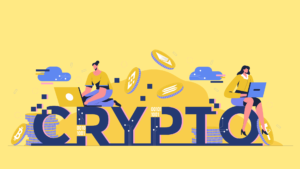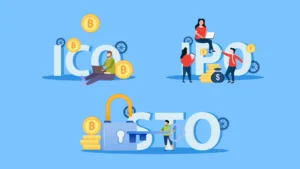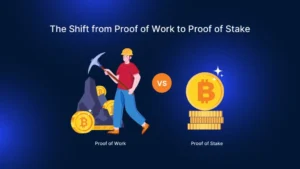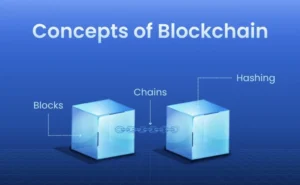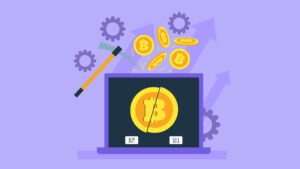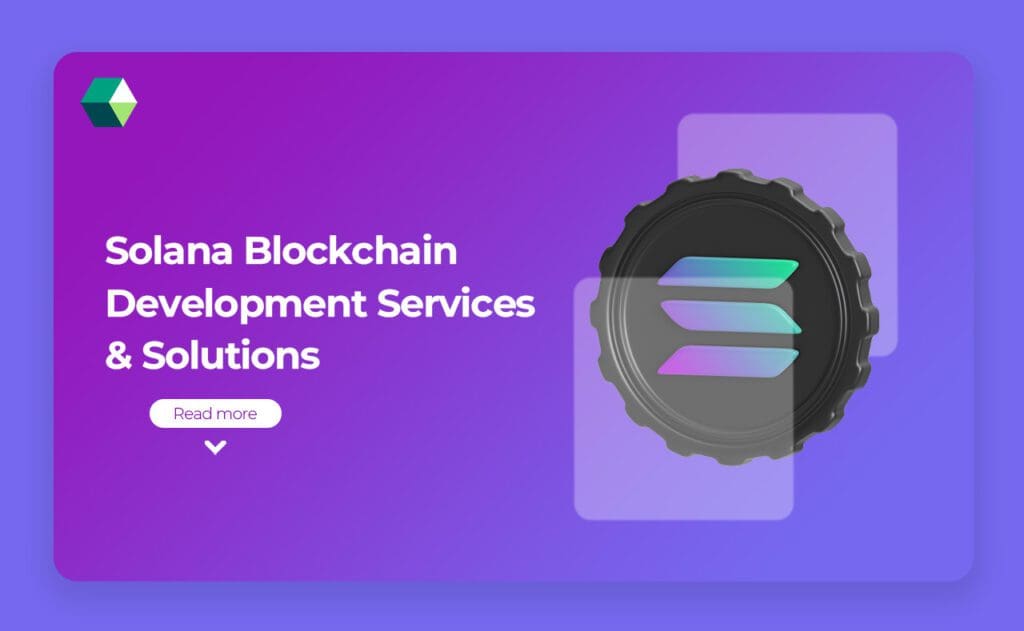
Transforming Businesses with Blockchain
Blockchain technology is changing the way that organizations and users interact within digital ecosystems. In contrast to traditional centralized systems that rely on a single source of authority, which can lead to slow speeds, expensive fees, and security breaches, blockchain technology uses a decentralized network that automates tasks and is both transparent and trustworthy with data.
One of the top blockchain platforms today, the Solana blockchain has received attention for its high transaction speed, scalability, and cost-effectiveness. Solana’s architecture allows for thousands of transactions to be processed per second, making it the right blockchain to power DeFi solutions, NFT marketplaces, Web3 games, and reward-based dApps. From Solana token development guide to decentralized apps, Solana’s performance combined with low fees makes it a strong contender for projects looking to build robust, scalable, and future-proof decentralized solutions.
What is Solana Blockchain?
The Solana network is a blockchain of the next seismic generation, featuring high performance, designed to power decentralized applications (or dApps) and crypto ecosystems at unparalleled speeds and scalability. In contrast to older blockchain systems that face congestion and high gas fees, Solana’s scalable blockchain architecture provides fast transaction processing at a small fraction of the cost.
One of the primary innovations that supports Solana’s effectiveness is its unique Proof of History (PoH) protocol. By timestamping each transaction, PoH establishes an accurate and verifiable order of events, which gives validators the ability to process data more easily. This process also reduces unneeded delay between nodes and improves the network performance significantly, amongst the fastest and most inexpensive blockchains for Web3 software.
Solana has become popular in several industries:
-
Finance: Fast and cost-efficient token transfers, lending, and trading.
-
Gaming: Real-time interactions, digital asset ownership, and rewards.
-
NFT Platforms: Efficient minting, trading, and management of digital collectibles.
-
Reward Systems: Automated multi-level reward platforms with high transparency.
Its performance and flexibility make it a preferred network for a wide range of blockchain projects.
Solana Blockchain
Businesses leverage Solana to create platforms that are fast, secure, and reliable. Some of the main solutions include:
Automated Agreements
Self-executing agreements perform actions automatically when certain conditions are met. These agreements are crucial for financial platforms, reward distribution, and other systems requiring trustless operations.
Decentralized Applications (DApps)
DApps operate without a central authority, offering transparency, security, and resilience. Solana’s speed and low costs allow DApps to function smoothly even under heavy usage, making them suitable for finance, gaming, and social platforms.
Token Creation
Organizations can launch tokens for fundraising, loyalty programs, governance, or utility purposes. These tokens can be integrated into larger ecosystems, including marketplaces and reward programs.
NFT Platforms
Solana supports digital collectibles and NFT marketplaces. Platforms can mint, trade, and manage NFTs efficiently, allowing creators to monetize their work and engage with users worldwide.
Integration Services
Existing platforms can connect to Solana to take advantage of its fast, secure network. Integration enables businesses to perform secure transactions, track assets, and automate processes seamlessly.
Consultation & Support
Businesses can receive guidance on how to utilize Solana effectively, including strategies for operations, transaction management, and platform optimization.
Key Features of Solana
Solana stands out for several features that make it ideal for modern blockchain applications:
High Throughput
Solana can handle thousands of transactions per second, ensuring fast operations for platforms with high user activity.
Low Transaction Costs
Operations are extremely affordable, making it easy for businesses and users to engage without worrying about high fees.
Scalability
The network can handle growing user bases without slowing down, ensuring reliable performance for both small and large-scale platforms.
Proof of History (PoH)
PoH timestamps transactions, enabling fast verification and improving the order of operations across the network.
Decentralization
The network is maintained by a distributed group of participants, ensuring security and resilience against centralized failures.
Robust Ecosystem
A wide range of tools, resources, and community support allows platforms to operate efficiently and manage complex operations.
Automated Agreements Support
Platforms can implement rules and logic that execute automatically, which is ideal for DeFi operations and multi-level reward programs.
Process of Creating Solana-Based Platforms
Creating applications and solutions on Solana involves several steps to ensure reliability, security, and efficiency:
1. Requirement Analysis
Identify project goals, target users, and necessary features. Understanding these requirements ensures the platform serves its intended purpose effectively.
2. Selecting Tools & Frameworks
Choose suitable tools and frameworks that align with Solana’s network. This ensures smooth, high-performance operations.
3. System Architecture Planning
Define the structure of the platform, including user interfaces, automated agreements, and backend operations. A well-planned structure ensures stability and ease of management.
4. Automated Agreement Configuration
Design rules for self-executing operations, such as transaction execution, reward distribution, and token transfers.
5. User Interface Design
Create a user-friendly interface that allows smooth interaction with the platform, ensuring high engagement and accessibility.
6. Integration & Testing
Connect all components with Solana’s network and test thoroughly to verify functionality, speed, and security. Testing includes scenario simulations and user feedback evaluations.
7. Deployment & Monitoring
Launch the platform, monitor its performance, and maintain smooth operation through regular updates and optimizations.
Real World Applications of Solana
Solana powers a wide variety of blockchains:
-
DeFi Platforms: Fast lending, borrowing, and trading operations.
-
NFT Marketplaces: Efficient creation and trading of digital collectibles.
-
Interactive Games: Real-time rewards and asset ownership for players.
-
Multi-Level Reward Systems: Automated, transparent, and secure distribution.
-
Enterprise Platforms: Supply chain tracking, secure record keeping, and automated operations.
By leveraging Solana’s features, platforms can ensure high-speed, reliable, and cost-effective user experiences.
Advantages of Solana for Blockchain Platforms
Solana provides a unique combination of performance, scalability, and cost efficiency:
-
Speed & Efficiency: High throughput ensures minimal delays.
-
Low Operational Costs: Affordable transactions make it accessible for all users.
-
Scalability: Handles growth without sacrificing performance.
-
Security & Reliability: Decentralized infrastructure ensures safe operations.
-
Versatility: Suitable for DeFi, NFTs, gaming, and reward systems.
Platforms built on Solana can meet the demands of users for speed, security, and reliability.
Conclusion
The Solana blockchain offers unmatched speed, scalability, and cost efficiency, making it ideal for DeFi platforms, NFT marketplaces, Web3 games, and reward-driven ecosystems. Its ability to process thousands of transactions per second while maintaining low fees ensures fast, secure, and transparent experiences that build trust and enhance performance.
Nadcab Labs, a leading blockchain development expert, helps businesses harness Solana’s full potential. From token development and decentralized apps to optimizing existing blockchain infrastructure, we provide scalable, secure, and high-performance Web3 solutions tailored to your goals. With a growing ecosystem of tools and resources, Solana continues to be a top choice for projects seeking performance, flexibility, and long-term scalability. Its ability to handle high transaction volumes, automate processes, and maintain low costs positions it as a leading network for the future of blockchain.

